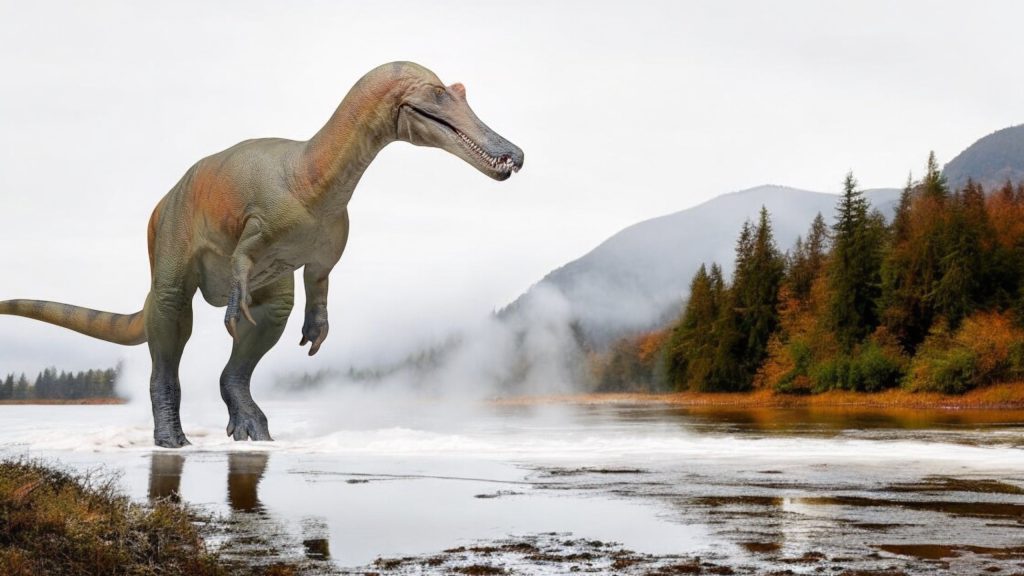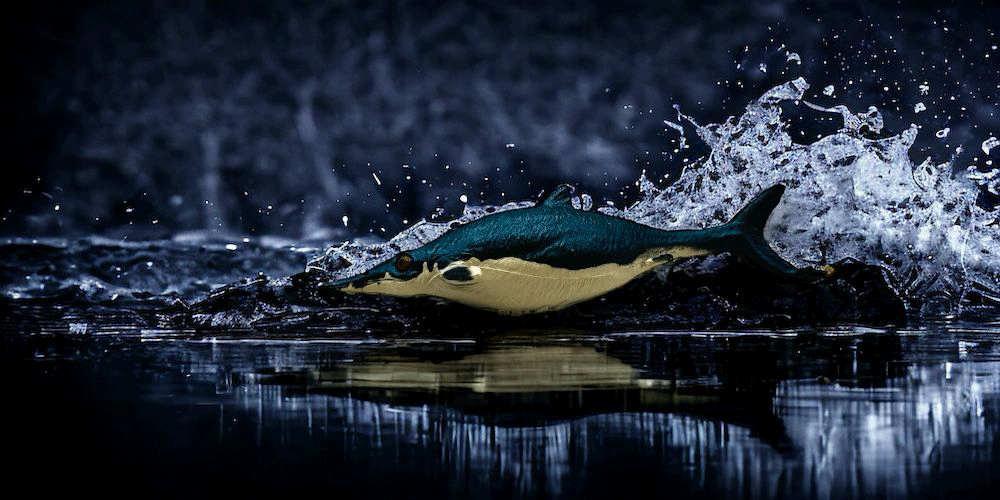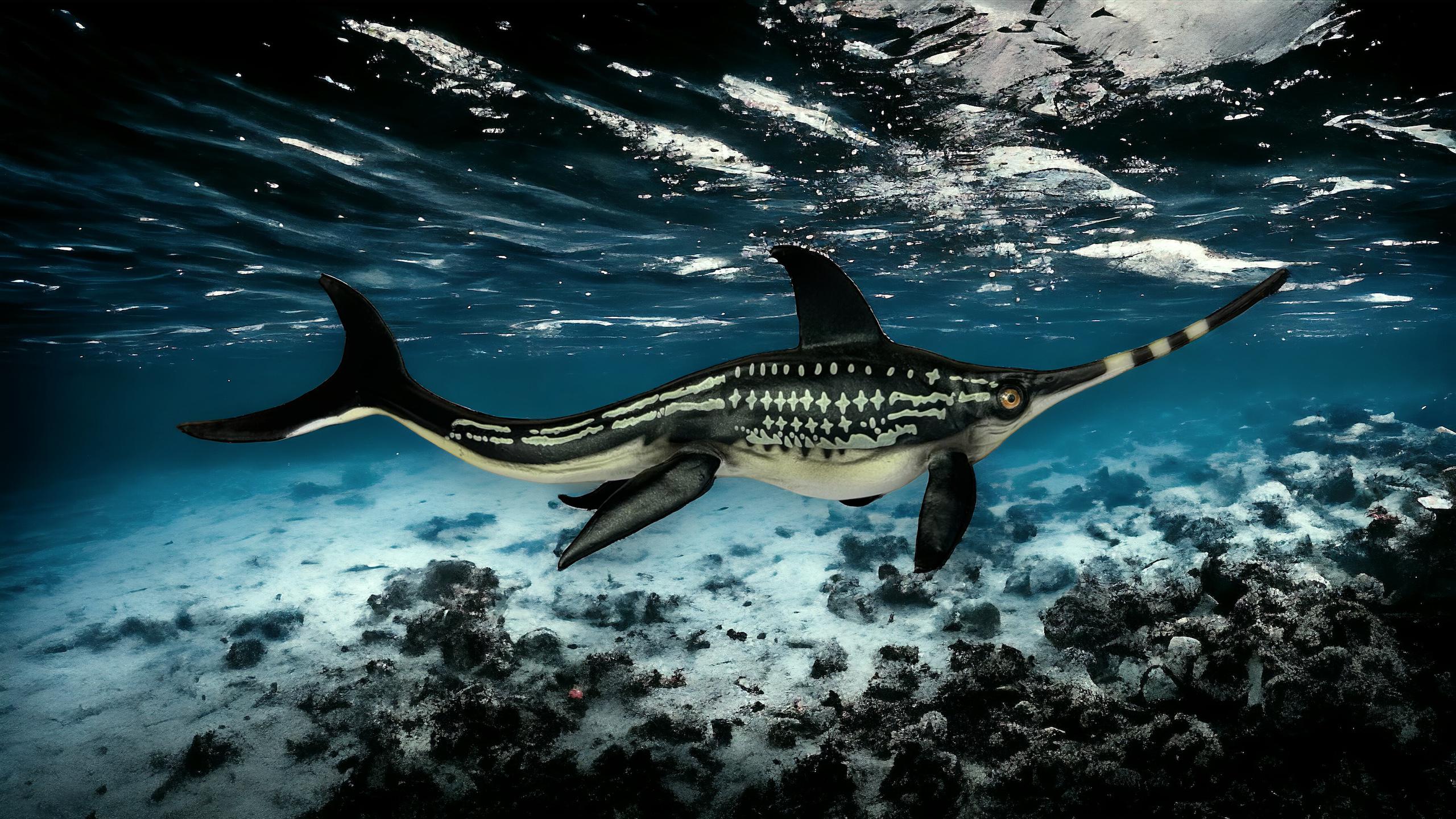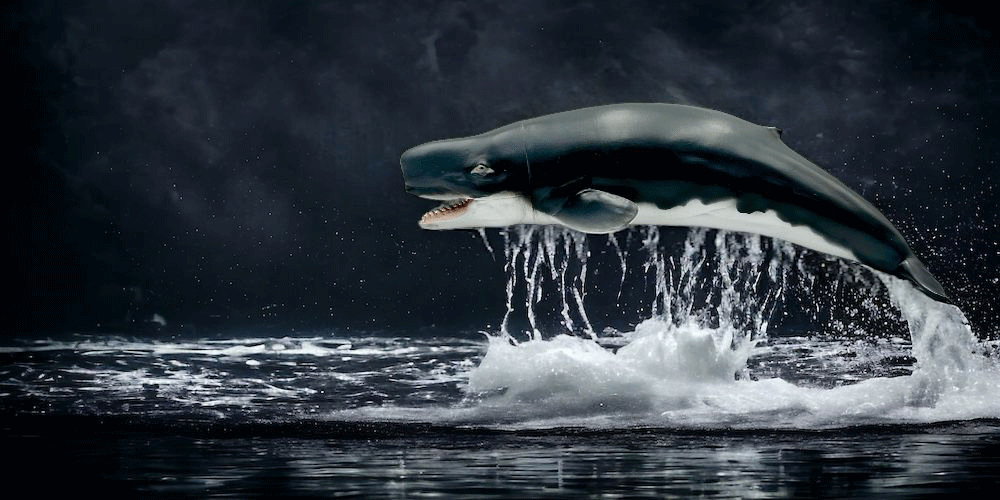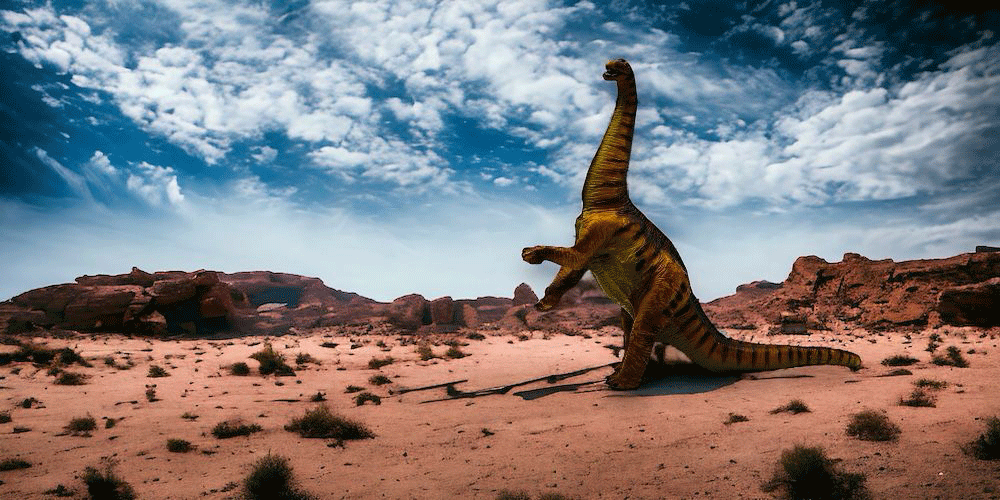Baryonyx: With Lethal Claws ⚔️
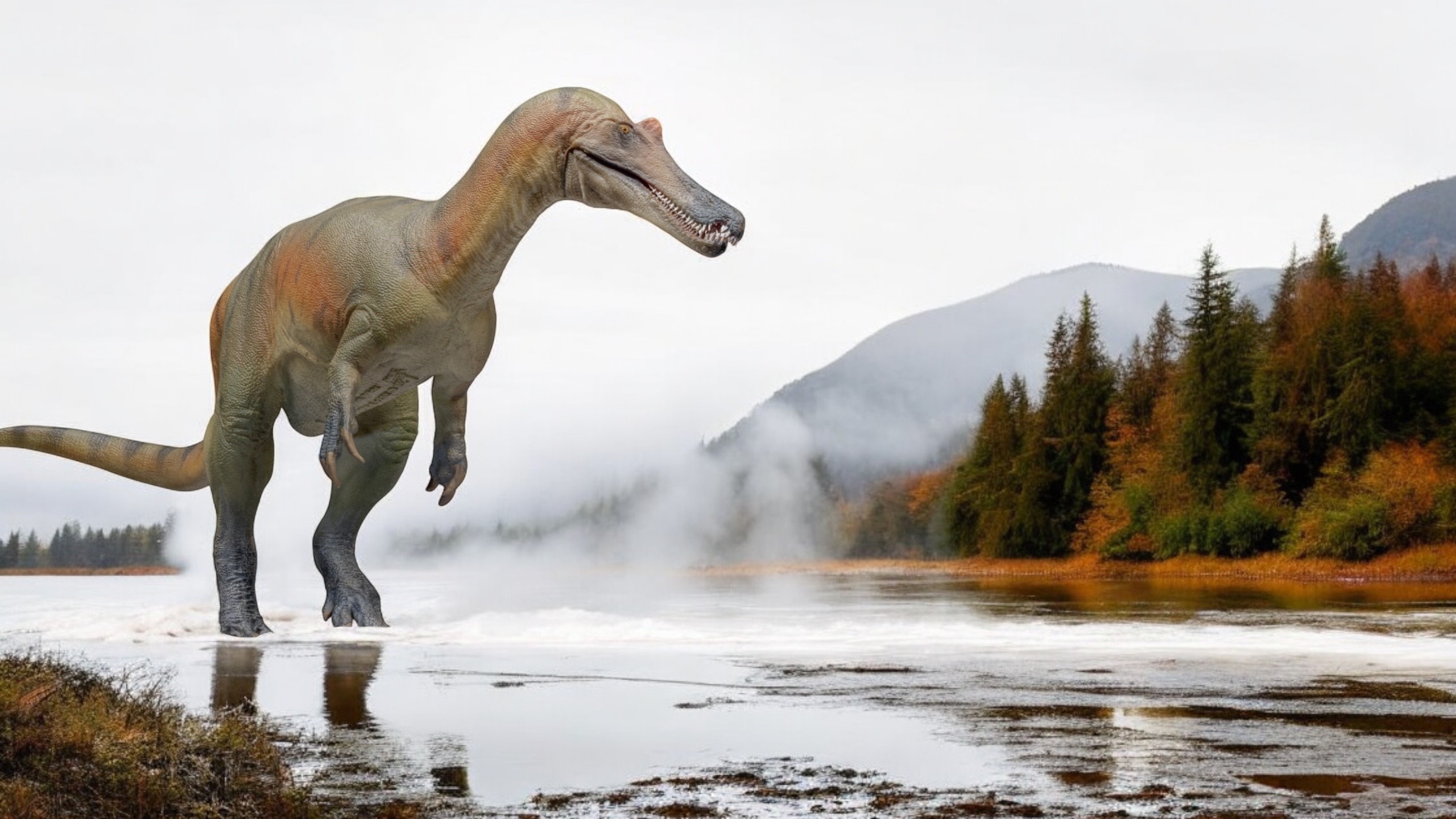 Baryonyx Figure by PNSO.
Baryonyx Figure by PNSO.With Lethal Claws
Baryonyx walkeri is one of the most unique carnivorous dinosaurs of the Early Cretaceous. With its slender body, elongated snout, and massive claw on its hands, this theropod stood out among the predators of its time.
Unlike other carnivorous theropods, Baryonyx had features that suggest a semi-aquatic lifestyle, making it one of the first known dinosaurs that may have specialized in hunting fish.
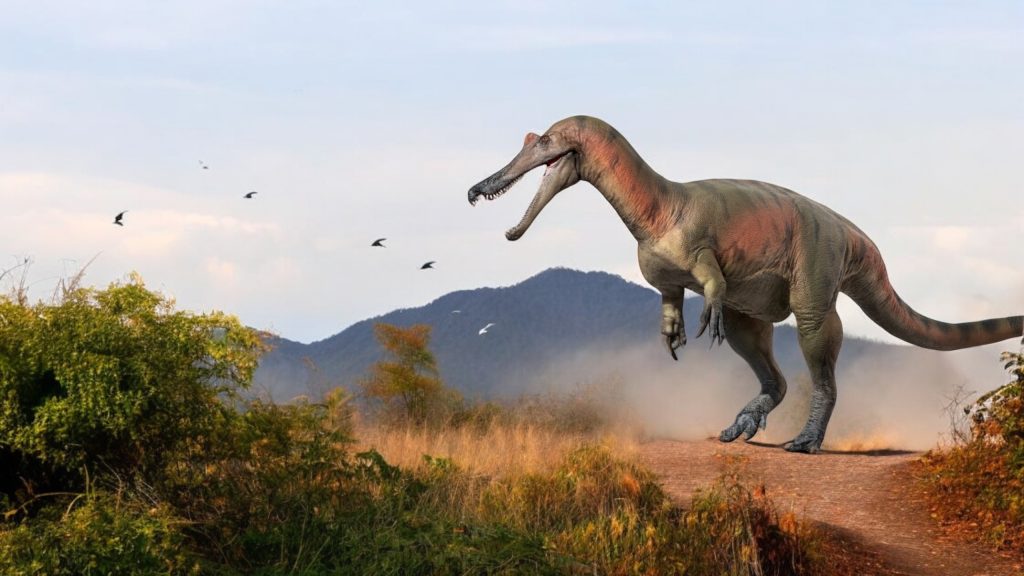
Discovery and Name Meaning
The remains of Baryonyx walkeri were discovered in 1983 by amateur fossil hunter William Walker in Surrey, England. This discovery was a milestone in European paleontology, as it introduced a completely new and different type of theropod dinosaur.
Its name means:
- «Baryonyx» = «Heavy claw,» referring to its large, curved claw on the first finger of its hands.
- «Walkeri» = In honor of its discoverer, William Walker.
Since then, additional fossils have been found in Spain and Portugal, suggesting that Baryonyx had a wider distribution across Europe.
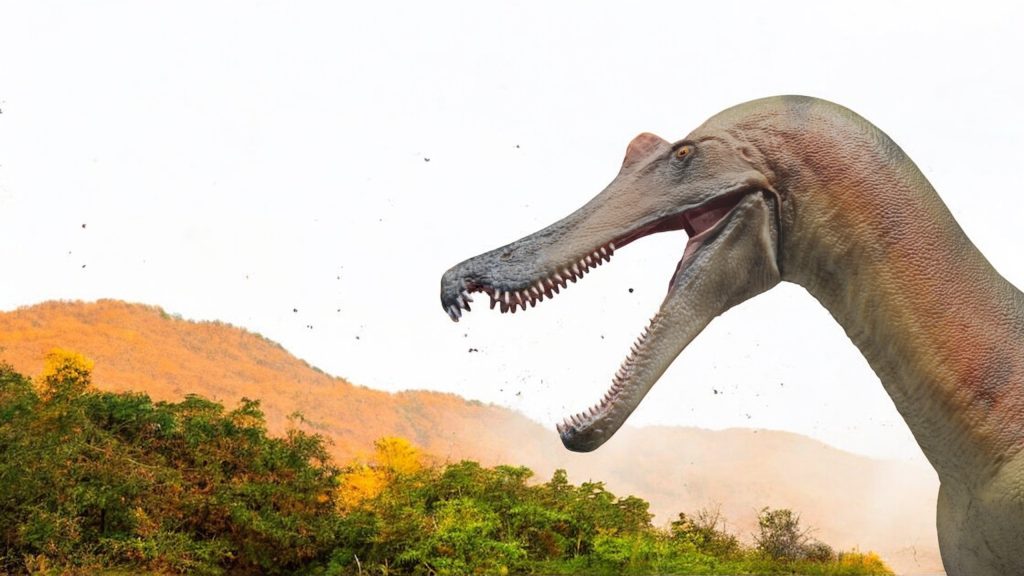
Physical Characteristics and Adaptations
Baryonyx had several features that set it apart from other carnivorous theropods:
- Length: Approximately 9.5 meters (31 feet).
- Height: Up to 3 meters (10 feet) at the hips.
- Weight: Between 1.7 and 2 tons.
- Elongated Snout: Similar to that of a crocodile, designed for catching fish.
- Conical Teeth: Ideal for gripping slippery prey like fish.
- Massive Claw on the First Finger: Up to 31 cm (12 inches) long, possibly used for slashing prey or fishing.
- Strong, Flexible Arms: Longer and more muscular than those of theropods like T. rex.
- Robust Spine: Provided stability for movement in both aquatic and terrestrial environments.
Studies suggest that Baryonyx was primarily piscivorous (fish-eating) but could have also been an opportunistic predator, feeding on small dinosaurs or scavenging when possible.
Was Baryonyx an Aquatic Dinosaur?
Although Baryonyx was not fully aquatic, it had several adaptations that suggest it spent a significant amount of time near water:
- Its conical teeth were similar to those of modern crocodiles, designed for gripping fish.
- Fish scales were found in its stomach, confirming that fish was at least part of its diet.
- Its narrow, elongated snout made it efficient at catching prey in water.
- Its long, strong arms may have helped it catch fish from the shore or in shallow waters.
However, it still had characteristics of a terrestrial predator, indicating that it was a versatile hunter capable of adapting to different prey and environments.
Baryonyx in Collectible Figures
This dinosaur has been well-represented in collectible figures, with several brands offering different versions of this fascinating theropod.
My Baryonyx Collection
Currently, I own two Baryonyx figures, both of which I find interesting:
- Safari Ltd.
- It correctly represents the characteristic claw, which is a big plus.
- Basic sculpting with fewer refined details in its pose and coloration.
- In terms of realism, it is not the best, but it is still an attractive option for collectors.
- PNSO
- In my opinion, this is the best Baryonyx figure available.
- Its design is organic and well-proportioned, with an ideal size for display.
- Dynamic and realistic pose, giving the impression of a predator in motion.
- Magnificent coloration, with natural tones that look great in any collection.
- One downside: The claw on its hand is smaller than it should be.
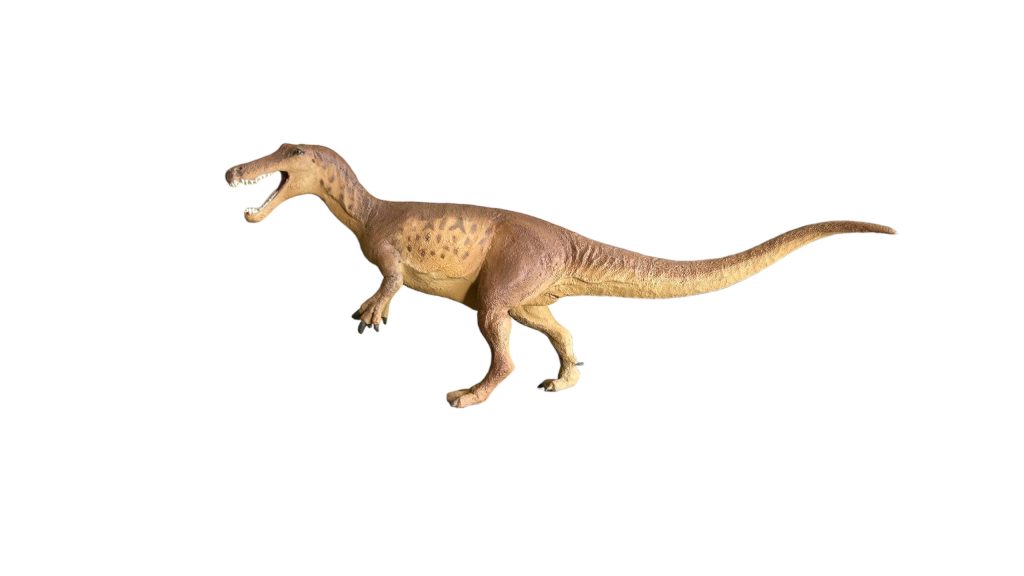
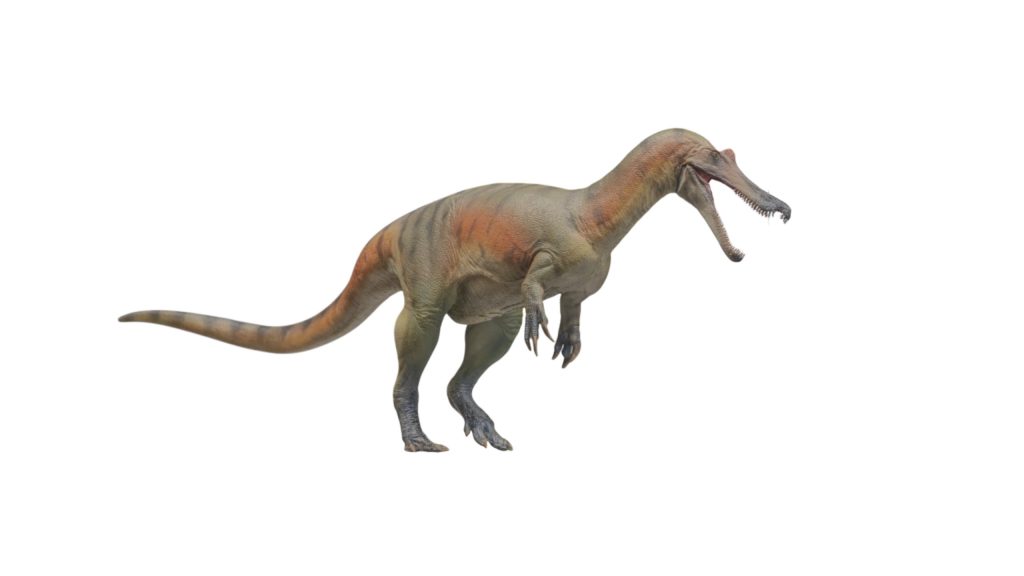
Other Representations
There are other figures on the market, such as the one from Haolonggood, but personally, it never caught my attention.
- More of a «dragon-like» aesthetic, giving it a look that doesn’t match what I expect from a Baryonyx figure.
- While it is a visually striking option, it does not fit my collection style.
Without a doubt, PNSO is my favorite, but every collector has their own tastes and preferences.
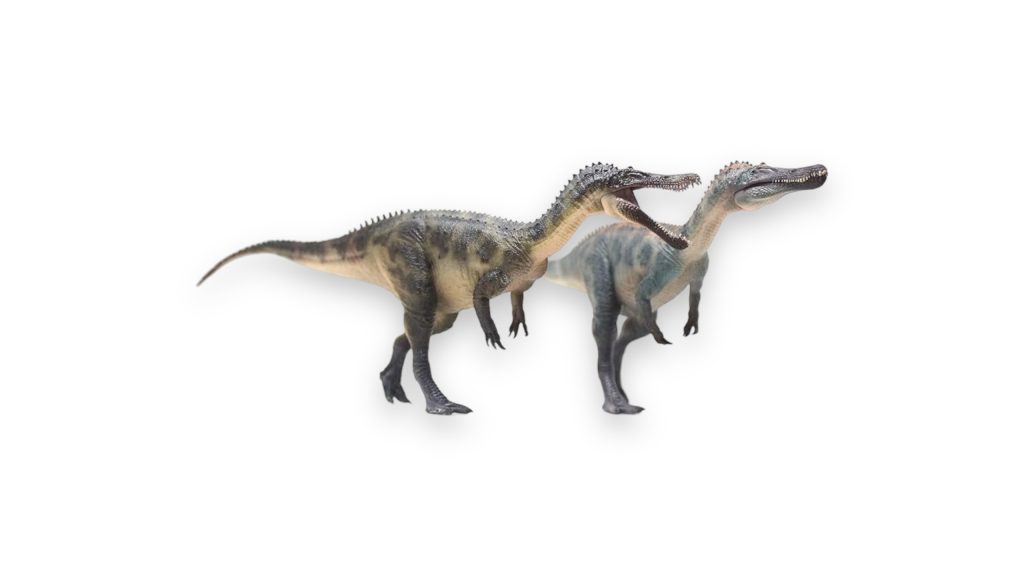
Habitat and Lifestyle
Baryonyx lived in what is now Europe, approximately 130 million years ago, during the Early Cretaceous.
- Location: Its fossils have been found in England, Spain, and Portugal.
- Environment: It likely inhabited rivers, lakes, and wetlands, where it could find an abundance of food.
- Predators and Competition: It may have shared its territory with other carnivorous dinosaurs, such as dromaeosaurs and other smaller spinosaurids.
Its ability to hunt both in water and on land made it a highly adaptable predator, capable of thriving in different situations.
The River Hunter of the Cretaceous
Baryonyx was one of the first dinosaurs to show piscivorous adaptations, making it unique among theropods. Its discovery helped paleontologists better understand the diversity of hunting strategies in carnivorous dinosaurs.
Its fascinating combination of strength, agility, and semi-aquatic hunting abilities makes it one of the most interesting predators of the Cretaceous.
A Must-Have in Any Collection
Baryonyx is a dinosaur that no collector should be without, and its presence in the world of collectibles has made it a classic.
If you’re looking for the best representation of this dinosaur in figure form, my recommendation is PNSO, which combines realistic details, a dynamic pose, and exceptional coloration.
No matter which version you choose, Baryonyx is an impressive species that continues to captivate paleontologists and collectors alike.
Final Thoughts: A Unique Predator
From its discovery to its representation in collectible figures, Baryonyx remains a one-of-a-kind dinosaur.
Its mix of aquatic and terrestrial adaptations, along with its iconic claw, make it one of the most fascinating theropods of the Cretaceous.
If you ever have the chance to add a Baryonyx to your collection, don’t hesitate—this river predator is a true prehistoric gem.
